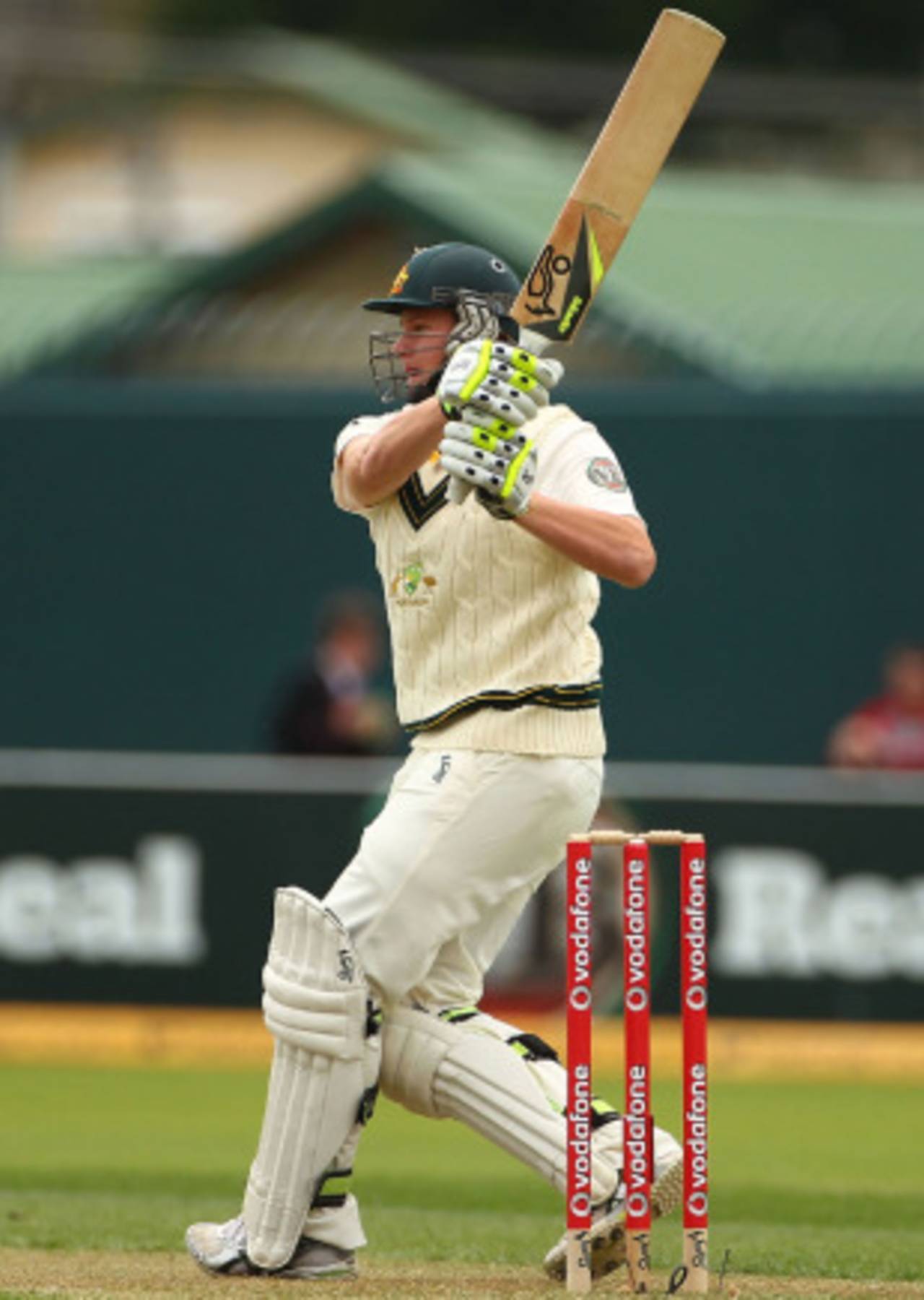One high-wired June afternoon in 1986, Kapil Dev clubbed a six into the grandstand to win a Test match at Lord’s and Mike Gatting was minutes later being steered into the tiny physiotherapist’s room. There, the chairman of selectors offered him David Gower’s job, the fifth England captaincy handover in six years, and a moment the Guardian’s Matthew Engel was soon inking into the annals of English cricket cock-upery. “There comes a time,” wrote Engel, “when the judges ought to be judged, but that never seems to happen.”
It is nearly 2011. Still we are waiting for the time to happen. For anyone sitting down and selecting any cricket XI, the fundamentals are fourfold: you pick your six best batsmen, three fast bowlers, a spinner and a wicketkeeper. In Australia this week the selectors accomplished one out of four. They picked – and times being what they are, let’s be grateful for small mercies – a wicketkeeper.
Four hot afternoons lie ahead, time aplenty for the folly of five fast bowlers and no spinner to gradually dawn on slow-cooked brains. Overlooking the inherent usefulness of choosing your six finest available batsmen hit home somewhat earlier – at 11.42am, with the big old WACA scoreboard saying 4 for 36, when quick-stepping out to rescue Australia came a lad in short sleeves, busy-looking, his friendly eyes peeping out from behind the helmet grille, a face so little that the black protective cap on his too-big chinstrap covered not just the point of his chin but the entire jawline. From cheek to cheek. No identikit-style Test cricketer this one, you thought. And then Australia’s new number six took guard. A single tap-tap on the popping crease and he yanked up his slender arms, bat dangling high in the direction of second slip’s throat.
Steve Smith made an exceptionally interesting 7. He began with five sensible singles, three of them eminently safe push-and-scampers into the offside. Nothing wrong with his head, then. It is a head made for a 4-for-36 fix. His feet? They were something else. It is hard to say quite what. Was Smith rewriting the textbook? Or was he buggering up the textbook?
For these feet of his, they hardly budged. As the ball hurtled towards him they’d sort of hover on the crease. They did this when he attacked. They did it in defence – except occasionally, if the ball was particularly full, when instead of stepping forward the way the textbook recommends, his feet would embark on a little half-shimmy back. He faced 37 balls yesterday and blocked a lot of them. These were not conventional blocks. They were more like jabs. His out-of-position feet left his hands – soft, wonderful hands – no choice but to kind of point the bat roughly in the ball’s direction. That’s how Chris Tremlett got him out. As the ball clipped the outside edge, Smith’s bat was beautifully straight. It was also half a mile away from his body.
Credit where credit’s due: in slotting Smith at number six, the selectors are exhibiting tremendous willpower and consistency. For Smith bowls a bit. Australia’s last four number sixes have all bowled a bit: North, McDonald, Symonds, Watson. Here, out of curiosity, are a bunch of other Australian number sixes, relics from days when number six was less a place for bits and pieces than a spot where budding batting champions served their apprenticeship … Trumper. Bradman. Harvey. Chappell. Chappell. Border. Waugh. Waugh. Ponting.
None of that lot got picked because they bowled a bit. And they turned out all right.
Steve Smith looks a gutsy, can-do sort of cricketer, blessed with priceless gifts and the instinctive know-how, one senses, to make the most of them. Maybe he can be the next Victor Trumper and not another Andrew McDonald. We’ll have to hold our breath and see. Just don’t hold your breath waiting for the judges to be judged if – when – it doesn’t work.
Christian Ryan is a writer based in Melbourne. He is the author of Golden Boy: Kim Hughes and the Bad Old Days of Australian Cricket and, most recently Australia: Story of a Cricket Country
